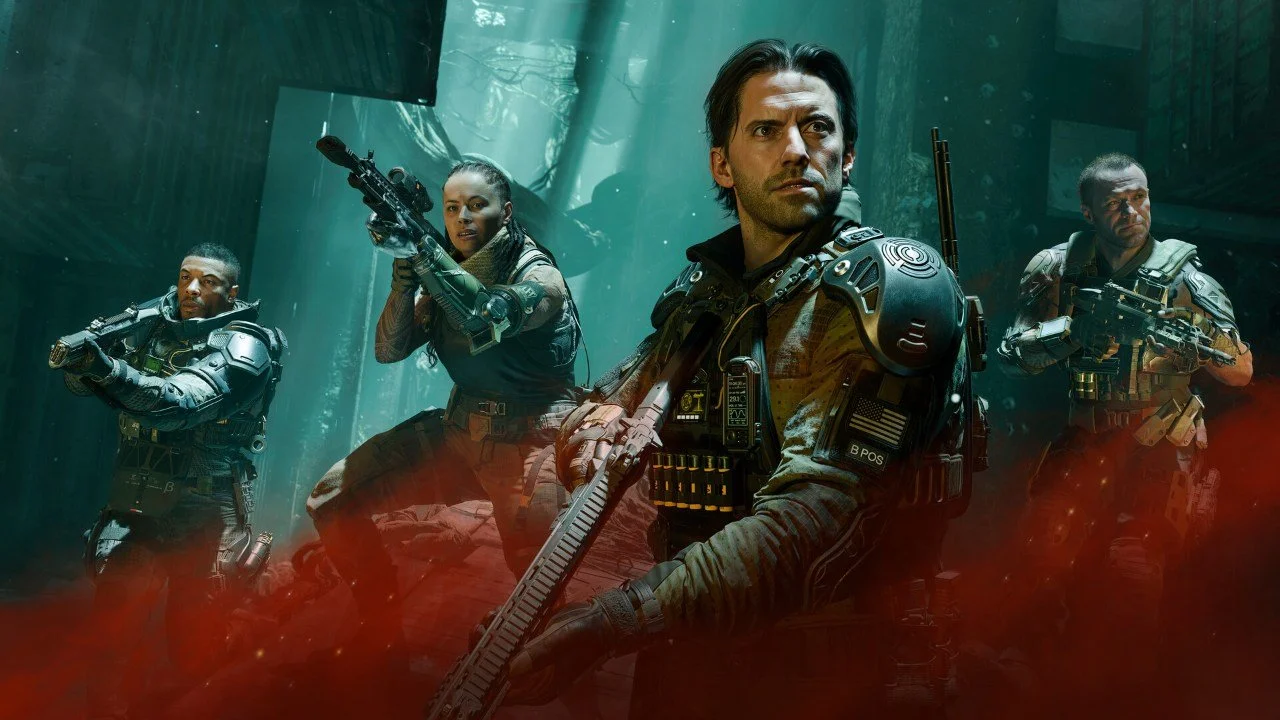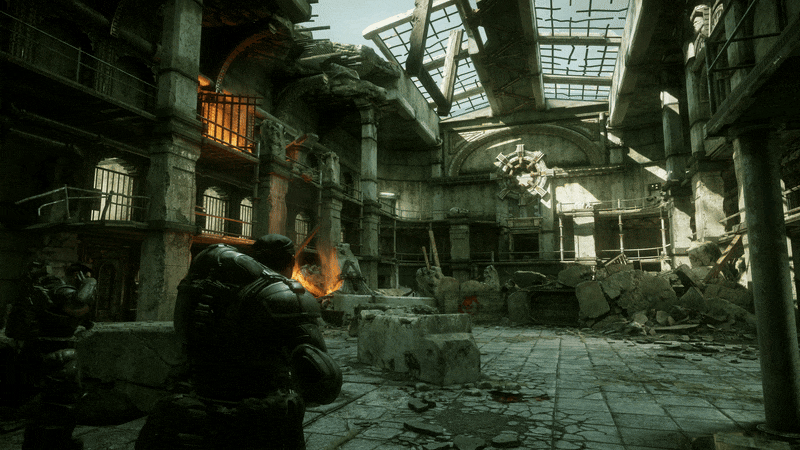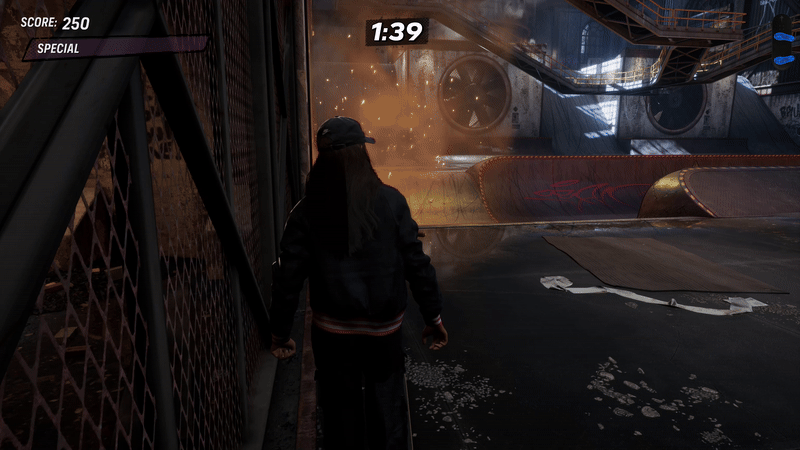Review copy provided by Grey Fox Games
Reavers of Midgard is an exciting amalgam of tabletop design that incorporates elements of worker placement games, dice rolling, and set collection. But there’s also resource management and near-simultaneous action, so a lot of interesting dynamics collide once play begins. If Lords of Waterdeep, 7 Wonders, and other popular board games melded together into a singular quest for Viking dominance, then the resulting adventure might be Reavers of Midgard.
Designed by J.B. Howell and artfully brought to life by Yaroslav Radeckyi, it’s the tabletop successor to the hit game Champions of Midgard. The original dice worker placement game from Grey Fox Games has been modified for Reavers, with the focus shifting to a new part of the realm.
Two to four players will compete for an hour or two in a game that never feels cutthroat but always feels challenging. The visual design of the map might overwhelm and disorient players at first, but beneath the surface lies an intriguing game with mechanics that shouldn’t intimidate most tabletop players.
Let’s explore the realm and see what’s going on in Reavers of Midgard.
STORY
In Reavers of Midgard, you are the master of your own longship with a small but loyal crew by your side. You set out to gain glory and become the most renowned reaver in all of Midgard. Recruit Vikings to man your longship. Cast bones in order to glimpse your destiny. Slay giant sea monsters and battle against the draugr. Pillage castles and small villages, and force territories to pay tribute to you lest you decide to conquer their lands. In the end, will skalds tell the tale of your adventures? Or will your rivals surpass you and have their stories spun in the Halls of Valhalla?
The latest tabletop adventure from Grey Fox Games continues the legacy of Nordic fighters in the established universe from Champions of Midgard.
A story of conquest and dominion. Glory is won on the open seas and in the minds of the subdued and awed who are left in the wake of the reavers’ path.
Players will clamor for victory by becoming the most feared and capable Viking master in Midgard. Only the strongest and most disciplined will triumph.
GAMEPLAY
In order to win Reavers of Midgard, players must gain glory. And that can be achieved in a number of ways during gameplay. Raiding villages or keeps. Trading with the locals. Subduing territories and recruiting loyal reavers to your longship. Or battling at sea with the dangerous creatures and foes that terrorize the waters. All of these are viable routes for attaining glory.
There are six locations on which players can act, but only four will be activated in each round. Two players will activate two locations each, using longship pawns. Three players have one longship pawn, with a fourth longship designated for use by the first player each round. And four players all have one longship with which to determine their move.
But one of the elements in Reavers of Midgard that impressed me was the opportunity for all players to activate the ability of a chosen location, no matter which player went there. It’s a system of decreasing benefits, with the first and second players in order receiving the larger share of the spoils.
That innovation is not as expedited or smooth as the simultaneous drafting in a game like 7 Wonders, but it engages all players throughout the course of the game. There isn’t a lot of downtimes where gamers are waiting for someone to finish their turn. Each person is planning on how to use the current action in accordance with their own strategy and pursuits.
Maximizing your resources is important in Reavers of Midgard because it’s detrimental to miss out on any of the actions that other players take. If you’re low on food or dice, you may lose the opportunity to capitalize on a potential advancement in the varied routes to glory.
Three things must be managed at all times–reavers, dice, and supply tokens.
Reavers are the Viking warriors that man the longship, raid villages or keeps, and support your conquest. They can be used to upgrade actions with additional bonuses, provide necessary dice of faction colors, and lead the other reavers through manipulation of dice and added bonuses.
Dice are one of two main resources that spur action in the game. The icons are used to sail on the seas, defend the reavers when fighting, and attack enemies.
The supply is comprised of food tokens and favor. Of the two, food is the most valuable because it sustains the reavers and pays the cost of many actions in Raavers of Midgard.
While visually daunting at first glance, the game is rather straightforward. Six action spaces are scattered across the board. Four of them are selected every round. There are six rounds. Whoever accumulates the most glory at the end of the game wins.
But Reavers of Midgard rewards players who coordinate their moves to acquire cards that complement each other. Sets of armor, art, and tapestries are all worth more than individual cards. Pillaging farms, walls, and keeps increases in value the more frequently players perform that action.
Disorganized and unconnected attacks and moves may net glory points throughout the game, but that dissonant approach will not stand up against a concentrated plan that gathers related resources and rewards.
Wonderfully, gameplay in Reavers of Midgard never feels vicious or antagonistic between players. Other competitive games include mechanics that enable direct attacks against other players. That can create a tense atmosphere. While there are methods to thwart another player in Reavers of Midgard, most encounters feel indirect. It may be unfortunate that a player cannot execute an action or acquire resources on a turn, but it doesn’t feel spiteful. It may be intentional, but those moments never heightened above mild frustration.
If you’re looking for a more competitive board game that requires a nimble strategy and a continuous dance of aggression and mollification between players, then I would encourage you to try tabletop giants like Twilight Imperium or Star Wars: Rebellion.
Reavers of Midgard succeeds, though, in creating an exciting tabletop experience in which robust strategy exists without any of the drama that might ensue in other games.
VISUALS
The box and components design is fantastic. All three reaver factions have individual sets of dice, colored red, blue, and yellow. The tokens and tiles are all sturdy cardboard with thematic art and clear symbols. The board is massive with all locations marked with space for card decks and game components.
Once the game is set up, the progression of play and movement of pieces flows smoothly, and the credit for that must be given to J.B. Howell and Yaroslav Radeckyi. They did an excellent job condensing the large themes and possibilities in Reavers of Midgard with clarity and precision.
REPLAYABILITY
Reavers of Midgard is a broad strategy game that takes time, but rewards players with a thrilling Viking adventure. Players can enjoy plenty of games before the base content becomes stale.
That being said, it would be nice to see eventual expansions for the game, as that would bolster the experience for committed players who have journeyed through Midgard numerous times.
There’s a lot to like in the game, but new content will always improve the replay value of a strategy game like this.
WHAT IT COULD HAVE DONE BETTER
The game utilizes a lot of symbols to describe bonus actions, and that can be difficult to remember at all times. The reference glossaries for all of these gameplay mechanics are tucked into the rulebook. In future printings or expansions, more accessible reference sheets or cards should be considered. Something that is easier to share around the table or glance at without thumbing through the rulebook.
A change like that would increase the pace and efficiency of the game.
Champions of Midgard enjoyed several expansions that improved the game. I think that after enough playthroughs, Reavers of Midgard will need the same boost.
VERDICT
Reavers of Midgard will thrill some gamers that want an approachable strategy game that doesn’t take hours. The fantasy setting is exciting and the rules can be easily taught in fifteen minutes or less.
Some may find it lacking compared to epic strategy games with more depth and versatility, it’s ultimately a satisfying journey that hearkens to the compelling gameplay in Champions of Midgard while forging its own path.


























